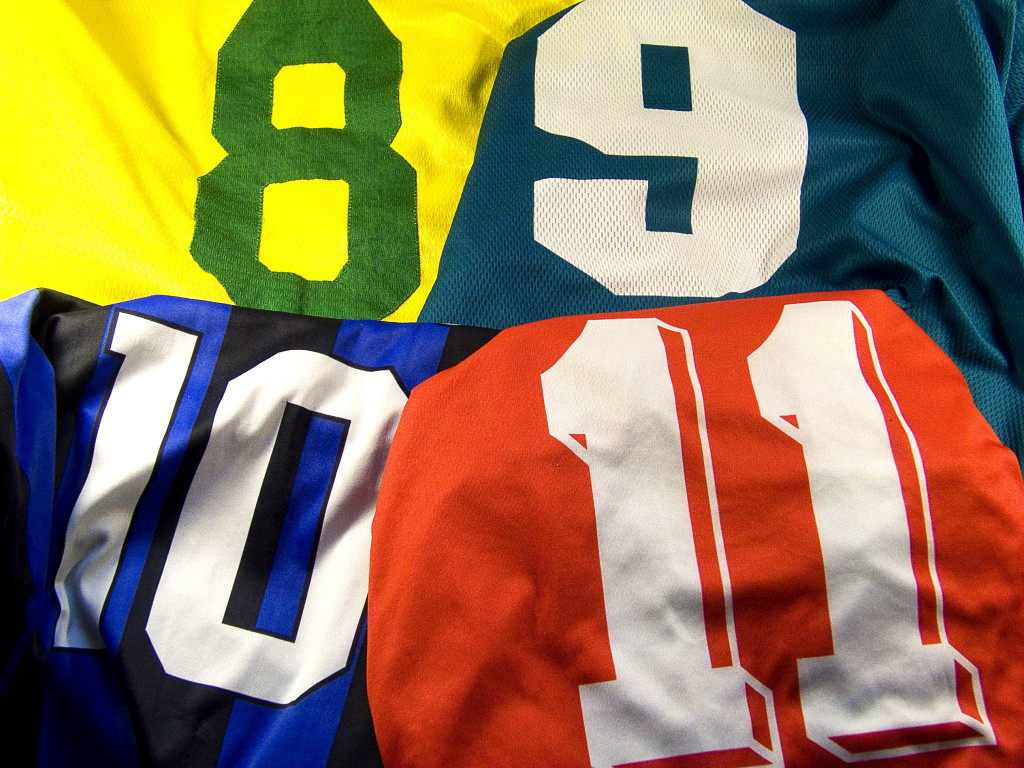Ontario’s Minor Hockey Association is gearing up its drive to encourage children to try out hockey. The sport is a great physical activity. It combines balance, coordination, skill, and strength — while also highlighting the importance of dedication, teamwork, and strategic thinking. However, hockey can a little rough for kids (or adults, for that matter). Collisions are inevitable and protective gear is essential in ensuring your kids’ safety.
Mouthguards
Losing teeth is normal in the NHL. Most athletes forgo their trip to the dentist until their retirement, as hits to the mouth are almost a part of every game. Most professionals sport a missing tooth or more, but you can prevent this from happening to your kids (unless they go pro in the future). While kids don’t have the same mass and strength as professional athletes, a bit of protection can preserve their pearly whites.
Mouthguards offer significant protection — enough to protect your children’s teeth from a wayward stick or a hard check. Custom mouthguards offer even better protection, while also being more comfortable — but you’ll need to visit your trusted dentist to ensure a perfect fit. You can get a mouthguard for as little as $10, but expect to pay at least $100 if you want custom ones.
Helmet and Face Protection
Most hockey helmets come with their own protective face mask. Helmets with metal cages to protect the face are the safest, but you can opt for clear reinforced plastics if your kids want better visibility or a little more style. Helmets are essential in preventing concussions from hard hits or a strike from an errant puck. Opt for a helmet with a snug fit. You can let your kids choose the style of the helmets, but make sure the fit is right to ensure their safety. Hockey helmets with protective cages go for around $50.
Neck Guards
Hits to the neck are rare, but they can be devastating to children. Most hits will come from accidents, as kids tend to flail around with their sticks, and not intentional strikes. A flying puck can also cause significant damage, so make sure you get your kids proper neck guards. Consider size, protection, and comfort when choosing neck guards for your kids. A fitting and protective guard won’t do its job if your kid keeps pulling it down because it isn’t comfortable. Opt for neck guards that fully enclose the neck, provide adequate protection, and are somewhat breathable. Good neck guards go for around $10-$20, with the more high-end ones going for $30-$50.

Padding
Hockey involves a lot of contact. An opponent traveling at 20 kilometers per hour still packs a punch — especially if your kid is traveling at the same speed. Pucks can fly at 70-80 kph, and any hit from that can feel like a hard punch. The padding adds a level of safety, whether from collisions, errant sticks, or fling pucks. Most minor hockey leagues will require shin guards, shoulder pads, and elbow pads. The equipment is meant to prevent injuries from collisions as well as falling — which can be common when children are on the ice.
Shoulder pads will usually encompass the chest and back, acting like a modern suit of armor to ward off blows and softens impacts. Hockey sticks stay low to the ground when chasing a puck, so shin guards will catch a lot of hits during a game. Elbow guards are meant more to protect from falls than impacts, and falling into hard ice will require every bit of protection. Expect to pay around $80-$150 for the various padding.
Gloves
Flying sticks on the air and gliding blades on the ice will put fingers at risk. While kids may not have the speed and mass to cut fingers, hockey skates can still cause deep and painful cuts to the unprotected hands of fallen skaters. A pair of thick gloves gives substantial protection from the blunt damage of hockey sticks and the cutting damage of skates. You can get hockey gloves for around $40, but you can go for more expensive models that offer more comfort, protection, and control for around $80 or more.
Protective Cups
While hits to the groin are rare, they can be extremely painful and debilitating. Protective cups can prevent your kids from experiencing the ordeal and keep the family jewels safe. Protective cups also keep things in place, allowing your kids to keep skating on the ice without making the necessary adjustments.
Your kids might not grow up to be the next Wayne Gretzky or Bobby Orr (or they might, who knows), hockey will still impart valuable lessons that they can use in life. Scratch out pain and injuries from those lessons with protective gear, and keep them playing on the ice.




